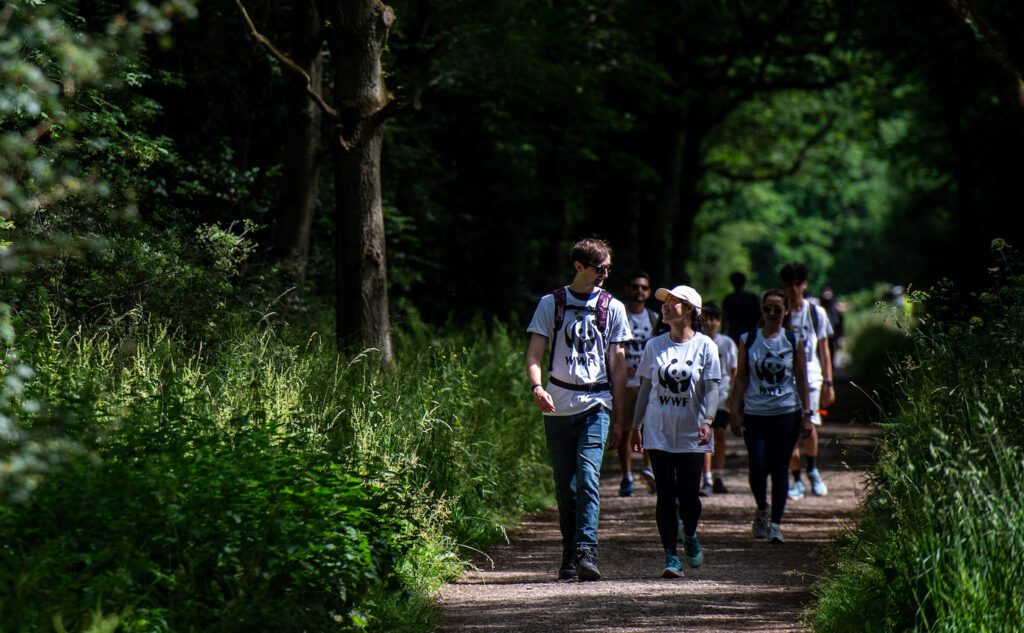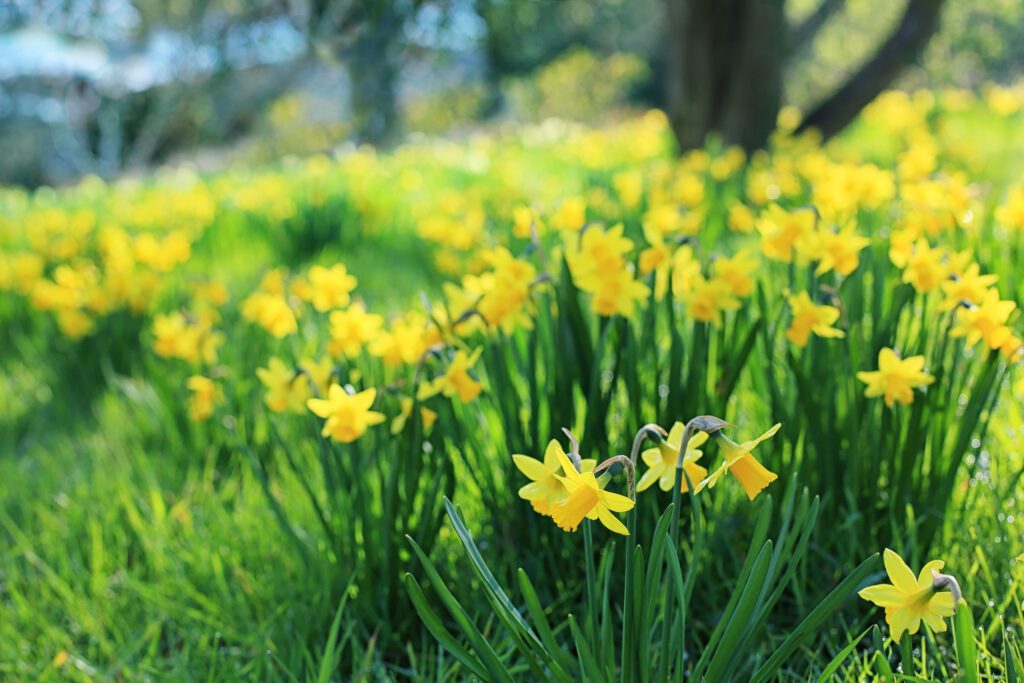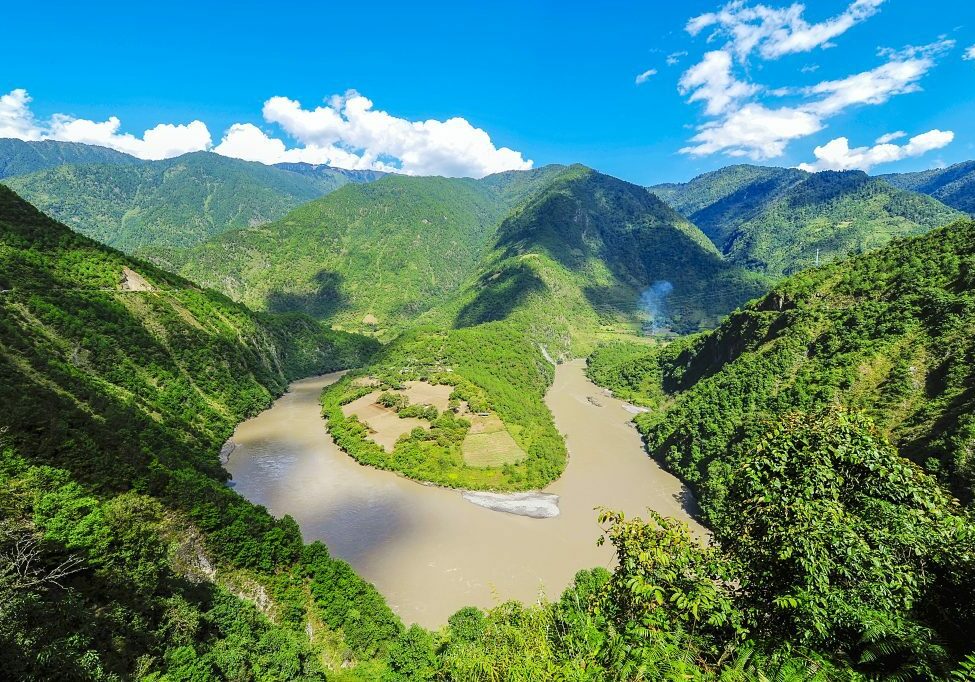Giant pandas have a famously slow reproductive rate. This, combined with their remote, mountain habitat, means it’s incredibly rare to witness their breeding behaviour in the wild. But rangers in China recently made an exciting discovery – a newborn panda cub in a hollow tree.
After spotting the cub in the hollowed-out tree trunk, the rangers trawled through camera trap footage which revealed a female panda entering the cavity a short while earlier. This marks the second time a newborn panda cub has been spotted in this tree in Meigu Dafending National Nature Reserve.
Old trees with hollows like this provide sanctuaries where giant pandas can give birth and raise their young. A good den can mean the difference between life and death for a tiny, vulnerable cub, as it provides shelter from the elements and a safe space to hide from predators for the first three to four months of a panda’s life.
Where no old trees are available, pandas choose caves in the earth or in the side of a hill or cliff – but tree dens are better at buffering against extremes of temperature and humidity, which creates a more stable microclimate for rearing cubs.
Old-growth forests (forests that haven’t been disturbed by human activity) contain the sort of large trees that are perfect for panda dens. But in areas where most of the old trees were felled before 1998’s logging ban, a lack of these safe spaces could be contributing to panda population decline.
We’ve been helping local communities to reduce their footprint on panda habitats. Since 2010, we’ve worked in the Liangshan and Qinling mountains to provide energy-saving stoves to local communities, giving people a more efficient way to cook.
These new stoves reduce the demand for firewood, which minimises the need for people to venture into the panda’s habitat. Less wood-burning also means that less carbon is being released into the atmosphere.
Thanks to your support, we’ll continue to protect and restore panda habitat.
BANNER IMAGE © GETTY
Find out more
Visit our giant panda page to learn more about our work to protect these bears and their home





